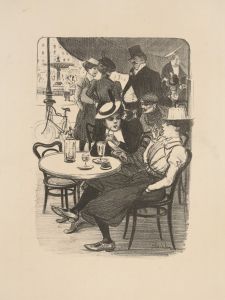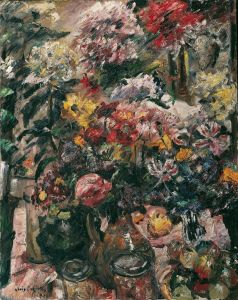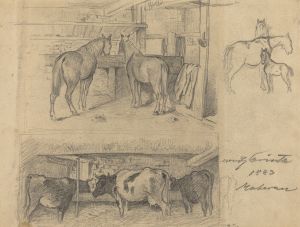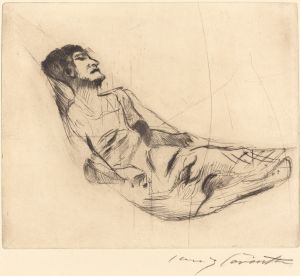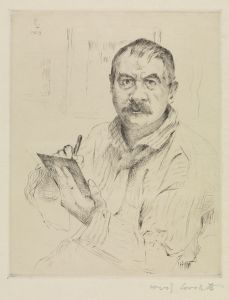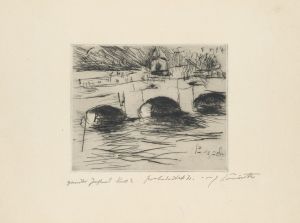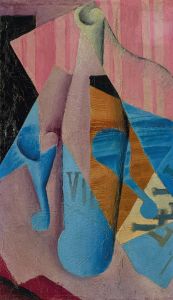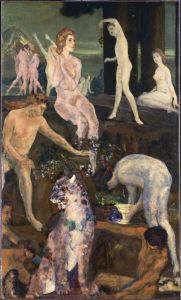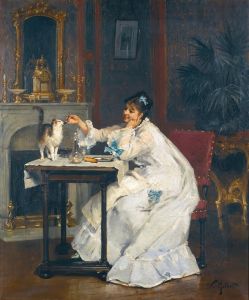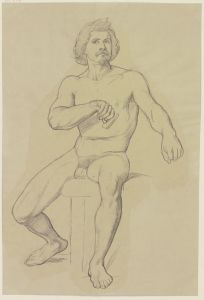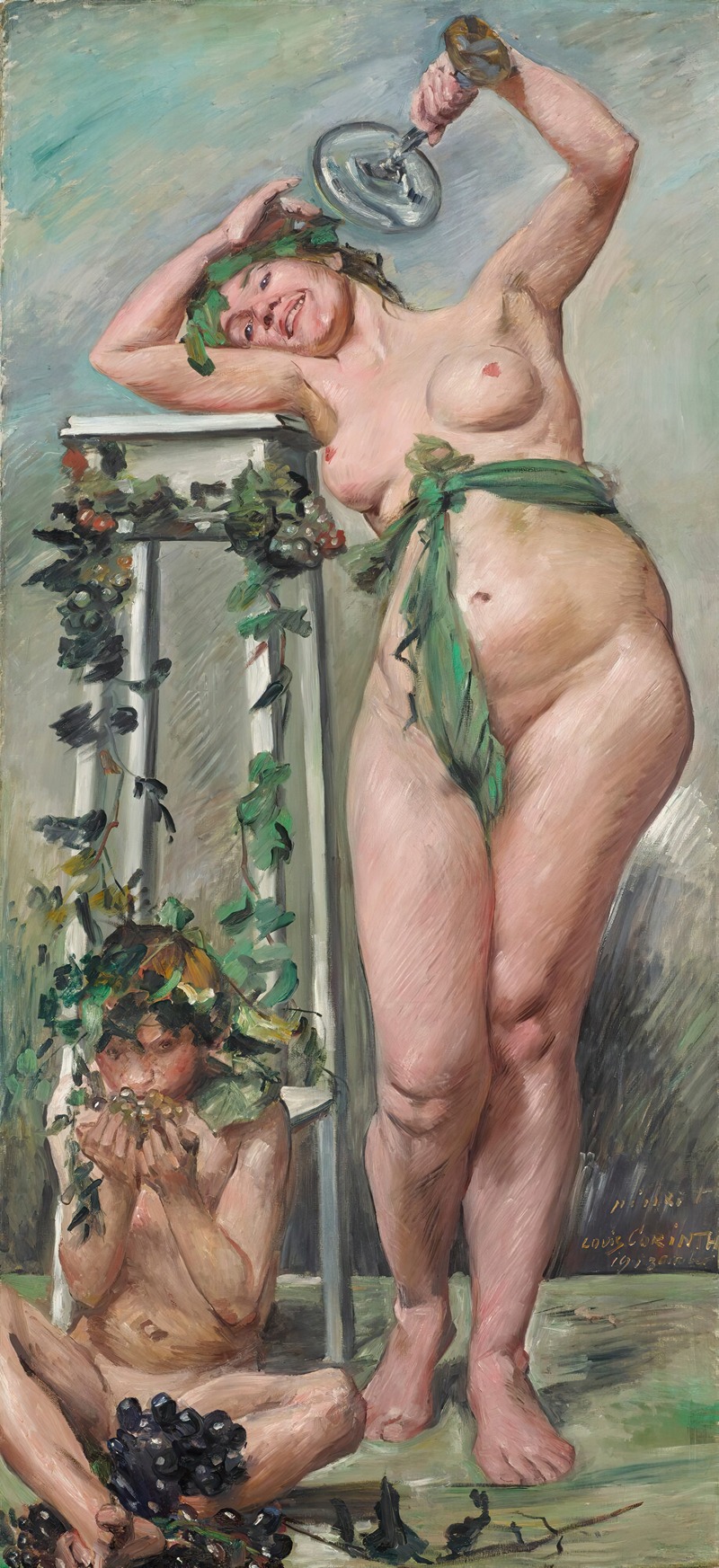
Bacchantin
A hand-painted replica of Lovis Corinth’s masterpiece Bacchantin, meticulously crafted by professional artists to capture the true essence of the original. Each piece is created with museum-quality canvas and rare mineral pigments, carefully painted by experienced artists with delicate brushstrokes and rich, layered colors to perfectly recreate the texture of the original artwork. Unlike machine-printed reproductions, this hand-painted version brings the painting to life, infused with the artist’s emotions and skill in every stroke. Whether for personal collection or home decoration, it instantly elevates the artistic atmosphere of any space.
Lovis Corinth was a prominent German painter and printmaker whose work bridged the transition from Impressionism to Expressionism in the late 19th and early 20th centuries. One of his notable works, "Bacchantin," exemplifies his dynamic style and thematic interests. Corinth was known for his vigorous brushwork and vibrant use of color, which are evident in this painting.
"Bacchantin" was created in 1898, during a period when Corinth was exploring themes of mythology and the human condition. The title "Bacchantin" refers to a female follower of Bacchus, the Roman god of wine, known for their ecstatic and frenzied participation in rituals. This subject matter allowed Corinth to delve into themes of ecstasy, revelry, and the primal aspects of human nature, which were recurrent in his oeuvre.
The painting depicts a Bacchante in a moment of intense emotion, capturing the essence of Dionysian ecstasy. Corinth's use of bold, expressive brushstrokes and a rich color palette brings a sense of movement and vitality to the canvas. The figure is often portrayed with a sense of abandon, reflecting the wild and unrestrained nature associated with followers of Bacchus. This portrayal aligns with Corinth's interest in exploring the depths of human emotion and the darker, more chaotic aspects of life.
Corinth's technique in "Bacchantin" demonstrates his mastery of both form and color. The composition is dynamic, with a focus on the interplay of light and shadow, which adds depth and intensity to the scene. His brushwork is loose yet controlled, allowing for a sense of spontaneity while maintaining a coherent structure. This approach is characteristic of Corinth's style, which often combined elements of realism with more expressive, abstract tendencies.
The painting also reflects Corinth's engagement with contemporary artistic movements. While rooted in the traditions of Impressionism, his work in "Bacchantin" also anticipates the emotional intensity and abstraction that would come to define Expressionism. This synthesis of styles is a hallmark of Corinth's work, positioning him as a pivotal figure in the evolution of modern art.
Lovis Corinth's "Bacchantin" is housed in various collections, and its exhibitions have contributed to the understanding of his impact on art history. The painting is a testament to Corinth's ability to convey complex emotional states and his innovative approach to traditional subjects. Through "Bacchantin," Corinth not only captures the spirit of the Bacchante but also offers a broader commentary on the human experience, making it a significant work in his artistic legacy.
Overall, "Bacchantin" exemplifies Lovis Corinth's skill in blending narrative content with expressive technique, resulting in a powerful and enduring piece of art. The painting remains a valuable part of Corinth's body of work, illustrating his contribution to the development of modern art and his exploration of the human psyche through mythological themes.






